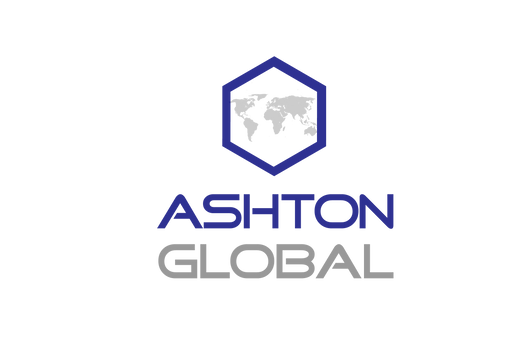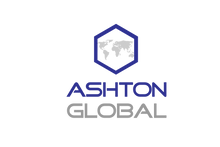Many traditional sources of small business financing declined after 2008, and investors can earn higher returns by filling the gap. During the last decade, business equipment loans increased even as other forms of asset-backed lending declined.
Online direct lenders can also help small businesses get approval for loans, but interest rates are usually higher. Small business financing is somewhat like high-yield bonds because it offers investors higher rates in exchange for accepting higher risk.
The Aftermath of 2008
In the years after 2008, there was a puzzling disparity in perceived credit conditions. On the one hand, banks were lending at somewhat higher volumes by 2016. On the other hand, many small businesses continued to complain that they were unable to access credit. Federal Reserve statistics reveal that 44% of small businesses applied for loans under $50,000 in 2013. Another 32% applied for loans between $50,000 and $250,000.
While the dollar volume of loans rose, it was mostly due to a relatively small number of higher value loans. 2008 merely accelerated an existing trend away from small business lending.
The HBS State of Small Business Lending Study showed that the small business share of commercial loans fell from 40% to 36% between 1995 and 2005. The small business share declined much faster after 2008, dropping to just 21% by 2016. It was only the overall growth of commercial lending that masked the relative decline of small business loans in earlier years.
Business Equipment Loans and Leases
Business equipment loans played a significant part in reducing the small business financing gap. According to the 2015 Federal Reserve Survey of Finance Companies, equipment loans and leases accounted for more than 50% of business lender assets.
Historically, small businesses without extensive credit histories were still able to obtain loans and leases for equipment. Real estate, equipment, and other business assets could be used as collateral for loans. Unfortunately, the severity of the recession reduced the value of some business equipment along with real estate prices.
Within business equipment financing, loans have grown at the expense of leases. Loans are perceived to be less risky because the borrower assumes the depreciation risk. Finance company business equipment loans increased from $98 billion to $118 billion between 2005 and 2010, an impressive gain of 20%.
Business equipment leases plummeted from $188 billion to $86 billion during that time, a 54% drop. The pattern reversed somewhat between 2010 and 2015. Business equipment loans increased by only 3%, and leases went up 13%. It is too early to tell if business equipment leases will return to their former glory.
Closing the Approval Gap
New online direct lenders go a long way toward closing the small business financing gap by offering higher approval rates. The 2019 Federal Reserve Small Business Credit Survey provides a number of interesting statistics. Large financial institutions approved only 58% of small business loans in 2018, down from 59% in 2016. Online direct lenders approved 82% of applicants in 2018, up substantially from 69% in 2016. What is more, online direct lenders are now more likely to approve loans than small banks.
The higher approval rates at online lenders are especially impressive because more of their applicants are high risk. Higher credit risks require higher interest rates, and 53% cited high interest rates as an issue with online lenders. In the same Fed survey, just 19% of those with issues were dissatisfied with the interest rates offered by large banks.
Managing Risk
New small business lending companies bridge the financing gap by managing risk more effectively. Online direct lenders can use additional sources of information to determine the correct interest rates for higher-risk borrowers. Although some individual borrowers are going to default, the category of direct online lending as a whole is likely to be more profitable.
We have already seen this phenomenon at work for larger companies. High-yield bond funds generally outperform investment-grade bond funds in the long-run.
Ashton Global can help investors harness new opportunities in equipment financing, online lending, and other forms of direct lending to small businesses. Please contact us at +1 212 514 8953 or email investor@ashtonglobal.com to learn more. Join the conversation on Twitter.








